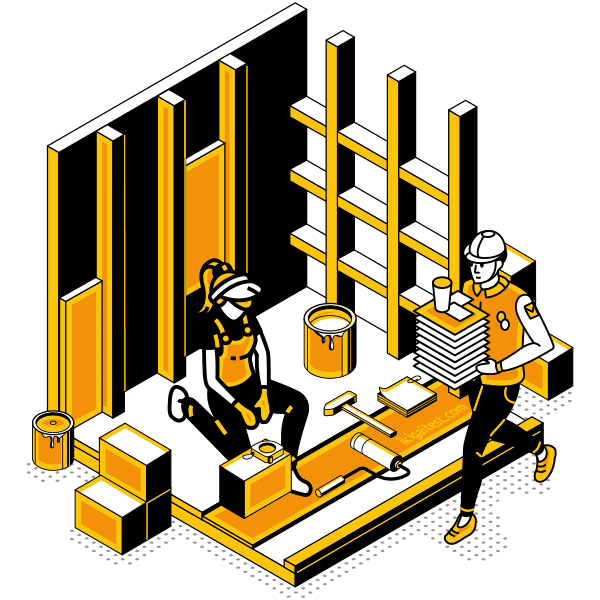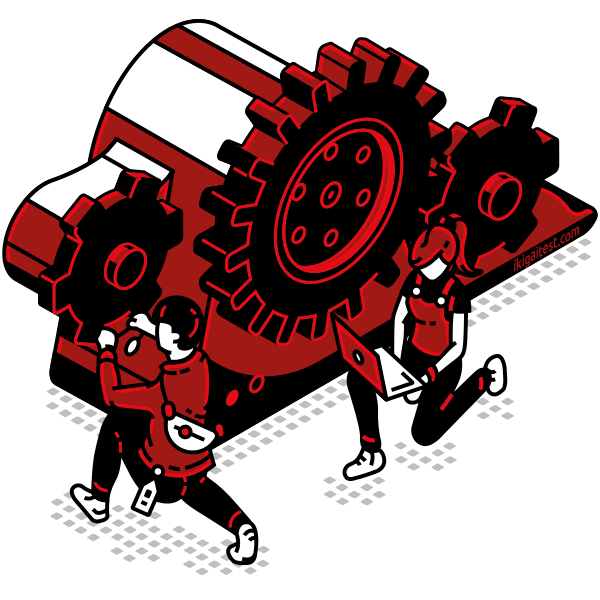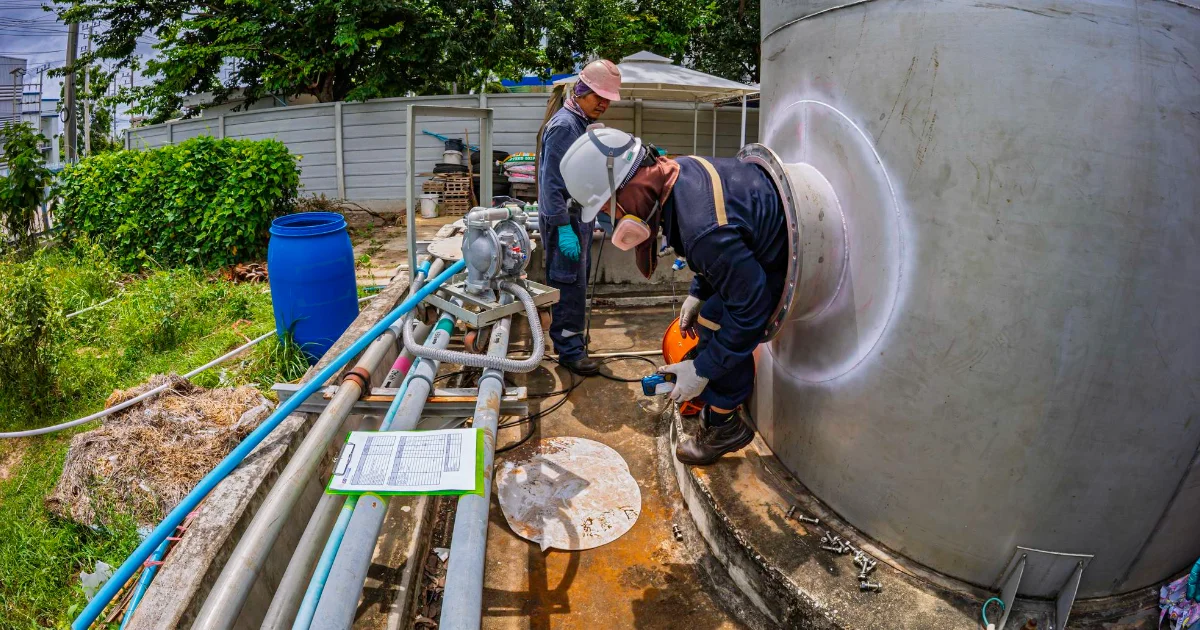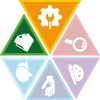Artisan

Great artisans are usually capable of:
- Using hands and arms in handling, installing, positioning, and moving materials.
- Performing precise and skillful manipulation of small objects.
- Being active and proactive in regards to physical activities that require considerable use of your arms and legs and moving your whole body, such as climbing, lifting, balancing, walking, stooping, and handling materials.
Technician

Technicians will often be asked these tasks:
- Providing documentation, detailed instructions, drawings, or specifications to tell others about how devices, parts, equipment, or structures are to be fabricated, constructed, assembled, modified, maintained, or used.
- Using computers and computer systems (including hardware and software) to program, write software, set up functions, enter data, or process information.
- Servicing, repairing, calibrating, regulating, fine-tuning, or testing machines, devices, and equipment that operate primarily on the basis of electrical or electronic (not mechanical) principles.
Other work activities related to Boilermakers
- Examining boilers, pressure vessels, tanks, or vats for locating defects, such as leaks, weak spots, or defective sections, so that they can be repaired.
- Bolting or arc welding pressure vessel structures and parts together, using wrenches or welding equipment.
- Inspecting assembled vessels or individual components, such as tubes, fittings, valves, controls, or auxiliary mechanisms, for locating any defects.
- Repairing or replacing defective pressure vessel parts, such as safety valves or regulators, using torches, jacks, caulking hammers, power saws, threading dies, welding equipment, or metalworking machinery.
- Attaching rigging and signaling crane or hoist operators for lifting heavy frames and plate sections or other parts in place.
- Bell, bead with power hammers, or welding pressure vessel tube ends for ensuring leakproof joints.
- Laying out plate, sheet steel, or other heavy metal and locating and marking bending and cutting lines, using protractors, compasses, and drawing instruments or templates.







